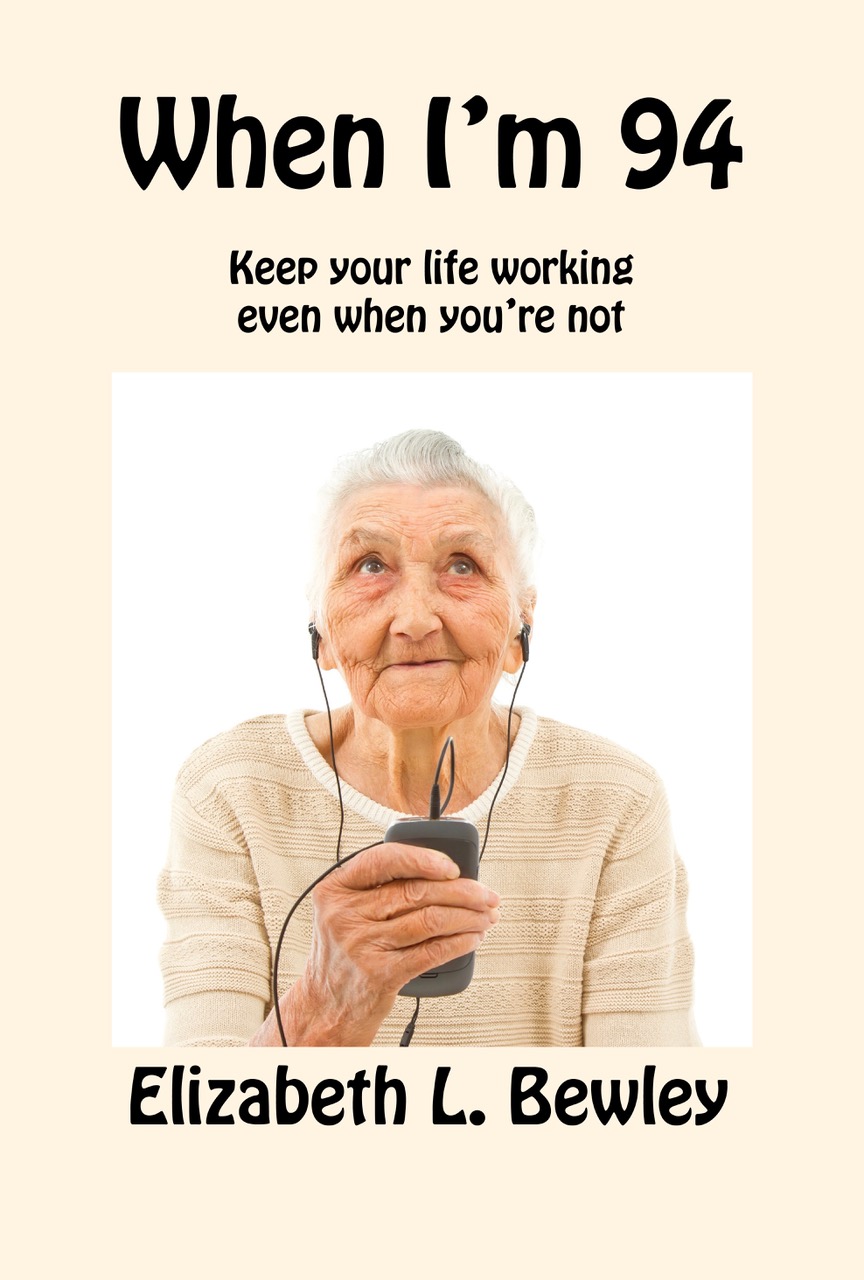 |
You might live to be 100 years old with all your physical and mental abilities intact - but suppose that something interferes with that happy picture, such as a serious automobile accident or the development of dementia.
Consider this scenario: in the distant future, a new caregiver serves you a casserole made with canned peas and bland cheese. While doing do, she hums along to the twangy music she always plays on the radio.
You've hated canned peas since they first appeared on your tray in the cafeteria in elementary school, and you never could stand bland cheese. You grit your teeth when she plays her favorite music.
But since you had a stroke, you can't get the words out to complain. Even if you are living in your own house, you can't stand anything that happens when that caregiver is with you.
In this scenario, perhaps you don't have close friends or relatives who live nearby - and/or who have the time, knowledge, willingness, and patience to intervene regarding hundreds of details of your daily life.
How can you avoid issues like those described above - and many other kinds of seriously irritating and potentially dangerous problems that lurk in the future for people who decline physically and/or cognitively?
When I'm 94 offers a solution. Don't settle for a life you don't want, even if you can't do everything yourself as you age. Create plans in the present so your life will run as you want it to in the future - regardless of any physical and/or cognitive limitations that may arise and regardless of whether you have family or friends to help.
You’ve planned for dying...
You may have signed an advance directive/living will, which says what care you want — and importantly, don’t want — if you become terminally ill and cannot express your wishes at that time. In other words, it says how you want to die. This is an important document and every adult should have one.
Now plan for living!
Where are the instructions that detail how you want to live if you are nowhere near dying, but have become physically and/or cognitively unable to plan, organize, and do everything for yourself?
Those instructions don’t exist. Or at least they haven’t — until now.
When I'm 94 is designed to help you create those instructions and put plans in place to help ensure that they are followed.
If you have granted one or more people power of attorney and health care power of attorney, you might think that you’ve covered this angle.
But you haven’t.
Those documents give the people you have named the authority to act — but they don’t say what you want them to do.
Following the guidance in this book, you play three roles over time.
1. Architect: You create plans now so that your life will work the way you want it to in the future — even if you are unable to explain what you need or to coordinate your own affairs then.
2. Director: Once your plans are in place, you continue to run your own life just as you always have, as long as you have the physical and cognitive ability to do so.
3. Client: If you need help in the future, due to physical and/or cognitive decline, your plans come into play, and you begin to receive the aid you need, just as you arranged. This stage is not all-or-nothing. If you start to need help, you may need assistance with just a few tasks. Over time, you may need more extensive support. Of course, if you decline suddenly — due to an auto accident, stroke, etc. — then you may need more help right away.
With plans in place, you can live the best possible life — the life you want to live — for as long as you live.